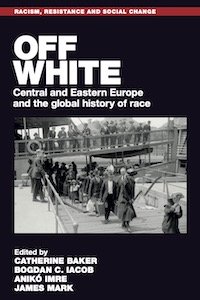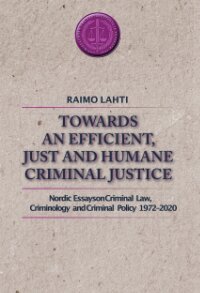Edited by Catherine Baker, Bogdan C. Iacob, Anikó Imre, and James Mark
Central and Eastern Europe has long been seen in the West as an ‘off-white’ European periphery. Yet its nationalist movements have worked towards a full belonging in a white Europe, or have claimed themselves to be superior defenders of the white West. This volume demonstrates the centrality of white supremacy for over two centuries in the region’s nation-building, social hierarchies, ethnic homogenization, and global interconnections. Such insight applies not only to the newly established states of the late nineteenth and early twentieth century founded at the heights of global colonialism but also to the region’s Communist polities, which publicly professed their rejection of such racial politics. More broadly, we analyze the role that white peripheries play in the maintenance of global racial order – including the question of why the region inspires contemporary radical nationalism around the world. The collection comprises studies of national self-determination, geographic exploration, migration, and diplomacy; of cultural representation in literature, film, the media industries, exhibitions, art, dress, and music; of intellectual and academic discourses; as well as explorations of the many forms of banal nationalism, including everyday artifacts and language. The volume underlines the potential for resistance in the region too by theorizing its marginality and identifying solidarities with racialized minorities and the Global South. Central and Eastern Europe has long been removed from global histories of race. This is an original alternative history that explores and challenges long-held claims about the region’s racial innocence.
Manchester, UK: Manchester University Press, 2024. 375p








